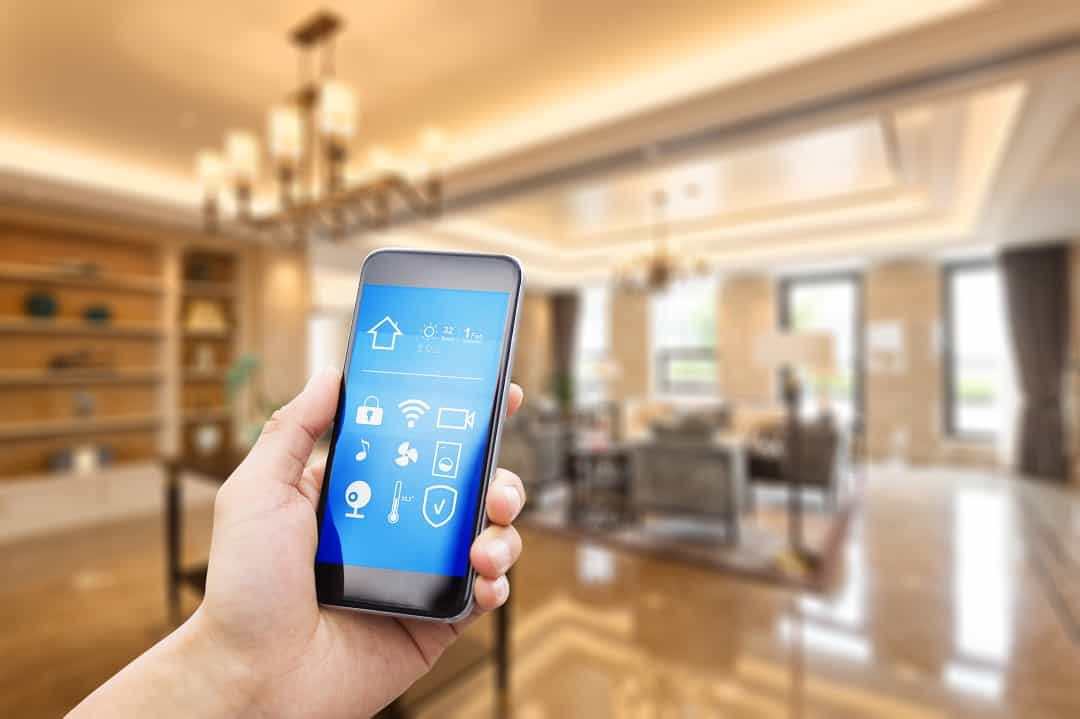When your smart home devices stop receiving updates, it can be concerning and frustrating. Software updates are crucial for keeping your device secure and running smoothly. Without them, your device can have security risks or might not work as efficiently as it once did. But does this mean you need to rush out for a new device? Not necessarily. In this post, we’ll go over ways to keep your device safe, evaluate its current performance, and weigh the pros and cons of upgrading.
Importance of Updates
Updates play a crucial role in maintaining the security of your smart device. When a device does not receive regular updates, the devices can be left vulnerable to security threats like malware and hacking. These updates often include patches that fix security flaws discovered by manufacturers. Without them, your data and personal information could be at risk. So keeping your device updated is essential for protecting your privacy and ensuring safe usage.
Updates also impact the performance of your smart device. Over time, manufacturers usually release updates to enhance the functionality and efficiency of their products. These updates can fix bugs, improve battery life, and introduce new features. Without regular updates, your device may not operate as smoothly and could experience issues that affect its overall performance. It is important to ensure your device is kept up-to-date to maintain optimal functionality and benefit from any improvements offered by the manufacturer.
Evaluating the Need for Replacement
When your smart device stops receiving updates, the first step is to decide whether a replacement is necessary. Start by looking at the functionality of the device. Do your smart lights or smart speakers still work? Check if the device’s performance has noticeably slowed down or if it has developed any issues that make it not useable. If the device still works well for your needs, you might not need a replacement right away.
It’s important to also consider the security risks of using a device without updates, as unsupported devices might be more vulnerable to security threats. Without regular fixes for security issues, any weaknesses in the device’s software are more likely to be exploited by hackers or malware.
If your smart device is connected to the internet the risks increase significantly, unlike devices that function without an internet connection. For example, Wi-Fi-based smart devices usually rely on internet connectivity to work. This makes them more susceptible to security breaches. In general, if your smart home device needs internet in order to function, and it no longer gets security updates, it is a good idea to replace the device.
In contrast, devices that use local-only connections, like Zigbee or Z-Wave, operate on a closed network, making it harder for outside threats to reach them. Considering these risks can help you decide if it’s worth keeping the device or if it might be safer to upgrade.
Alternatives to Replacing the Device
Not all smart-home devices need to be replaced when they stop receiving updates. Any smart devices that are not connected to the internet should be fine without updates so long as their basic functionality is in place. This includes Zigbee and Z-Wave based devices, as well as wifi devices with no internet connection. These devices use a local only network to communicate. If your network is local only, attackers would also need to be local to exploit vulnerabilities in the network. This makes it significantly less likely that these devices would be hacked.
In Summary
When your smart device stops getting updates, it’s worth taking a closer look at its security and performance. While updates are essential for keeping devices safe and efficient not every device needs an immediate replacement. Consider your device’s current functionality, the security risks, and whether there are other ways to keep it running safely. Taking the time to weigh these factors can help you make a smart, informed decision.




